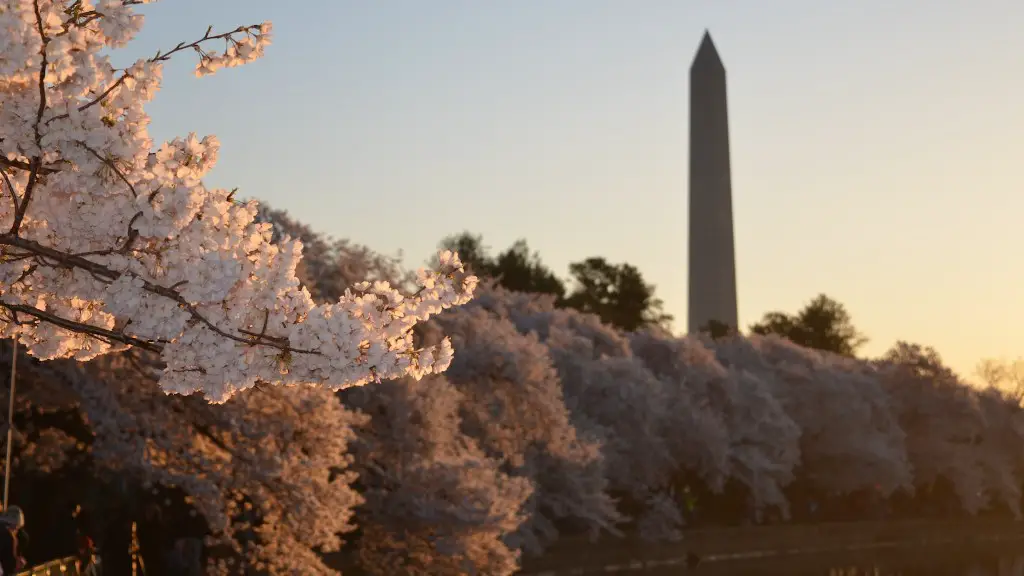Palm trees are one of the most popular trees to plant in a tropical or subtropical setting. They are relatively easy to care for and add a touch of paradise to any yard. This guide will show you how to plant a palm tree so that it will thrive for years to come.
“How to Plant a Palm Tree”
1. Select a palm tree that is appropriate for the size of your yard and the type of climate you live in.
2. Dig a hole that is twice as wide as the tree’s root ball and just as deep.
3. Place the tree in the hole and fill it with soil, tamping it down around the tree’s roots.
4. Water the tree well.
5. Apply a 3-inch layer of mulch around the tree’s base, but do not allow the mulch to touch the tree’s trunk.
6. Water the tree once a week for the first six months, then decrease to once a month thereafter.
What is the best time to plant palm trees?
If you’re looking to add some palm trees to your landscape, the best time to plant them is after the last frost in the spring. This gives the palms time to get established before the heat of summer sets in. Many stores don’t begin stocking palms until March or April, so plant as soon as they’re available. Palms that are grown in containers can be easily planted at any time.
Palm trees cannot be propagated by taking cuttings like other plants. They can only be grown from seed.
Can you cut a palm tree and plant it
Palms can only be grown from seeds, not from cuttings. You can divide a palm and replant the divided part to grow a new tree, but that will involve dividing the roots.
When prepping the site for planting a palm tree, it is important to choose soil that is fertile and has good drainage. If the soil is a bit on the heavier side, you can amend the site with sand. Mix about ⅓ of sand with the native soil before backfilling back into the hole.
How often should palm trees be watered?
A new palm should be watered everyday on its first week, switch to every other day the following and then settle for 3 times a week on the third. Then water as normal for established plants. For more established palms, watering should be done only 2-3 times per week, and this is only in the absence of rainfall.
A new indoor Palm Tree should be watered every day in its first week. Next, move to every other day in its second week. Then settle for 3 times a week on the third. Once your indoor Palm Tree is completely settled, water it 2-3 times per week, or when the top 1-2 inches of the soil is completely dry.
Can palm tree be rooted in water?
Palm trees need full sun to grow and thrive, so if your tree isn’t getting enough light, it may not be getting enough water. Propagating your palm tree is also not likely to be successful if the tree is not getting enough water.
Clustering palms is a process where multiple palm trunks are removed from a single parent plant. This is typically done to improve the plant’s health or to create a more aesthetically pleasing appearance. While palm trees are generally able to heal themselves after having their trunks removed, it is important to note that this process can be stressful for the plant. As such, it is important to be aware of the potential risks and to take steps to minimize the stress on the plant.
Where is the seed on a palm tree
Palm tree seeds come in a wide variety of shapes and sizes, depending on the species of palm tree. Some are small and bright red, like holly berries, while others are as large as bowling balls, like coconuts. No matter what they look like, all palm tree seeds are housed within the pods that form near the flowers.
Tampa palms are one of the most popular choices for transplant due to their ability to thrive in many different types of soil and their resistance to cold weather. If you are considering transplanting a palm, be sure to consult with a professional to ensure that the palm will be able to survive in its new location.
Can you replant a broken palm tree?
If you have a broken palm, it is best to cut it at the base and remove it. If you can, remove the stump as well. If you have an uprooted palm, try to replant it as soon as possible at the same depth at which it was planted before.
Trimming a palm tree is a great way to remove dead or dying fronds. Not only does this prevent breakage damage, but it also eliminates nesting places for rats, scorpions, and other pests.
What kind of soil do you use for a palm tree
The best soil for palm plants is a loose, porous mixture, like a combination of peat moss, leaf mold, and shredded bark. You can buy a cactus or palm soil mixture specifically made for growing palm plants—otherwise, they will grow just fine in a general-purpose commercial potting soil.
If your palm is suffering from a magnesium deficiency, you can use Epsom salt as a supplement. Just sprinkle 2-3 pounds under the tree’s canopy, then water.
What kind of dirt do you plant palm trees in?
Sandy loam is often the best soil type for palm trees because it is not as compact as other soils, which allows the roots of the tree to spread. Palm trees need light and well-drained soils, so sandy loam is often a good choice.
During the spring and summer months, it is important to water your palm tree regularly. However, during the autumn and winter months, you should water it less often. If the weather is dry and hot, you should mist the foliage several times a day. This will help keep the tree cool and also deter pests.
Warp Up
The first step is to find a location that gets full sun and has well-draining soil. Then, dig a hole that is twice as wide as the tree’s root ball and just as deep. Next, place the tree in the hole and fill it in with soil, packing it down as you go. Finally, water the tree deeply.
palm trees are one of the most popular houseplants around, and they’re not difficult to care for. Just make sure to give them plenty of bright, indirect light and water them when the soil is dry. With a little care, your palm tree will thrive.



